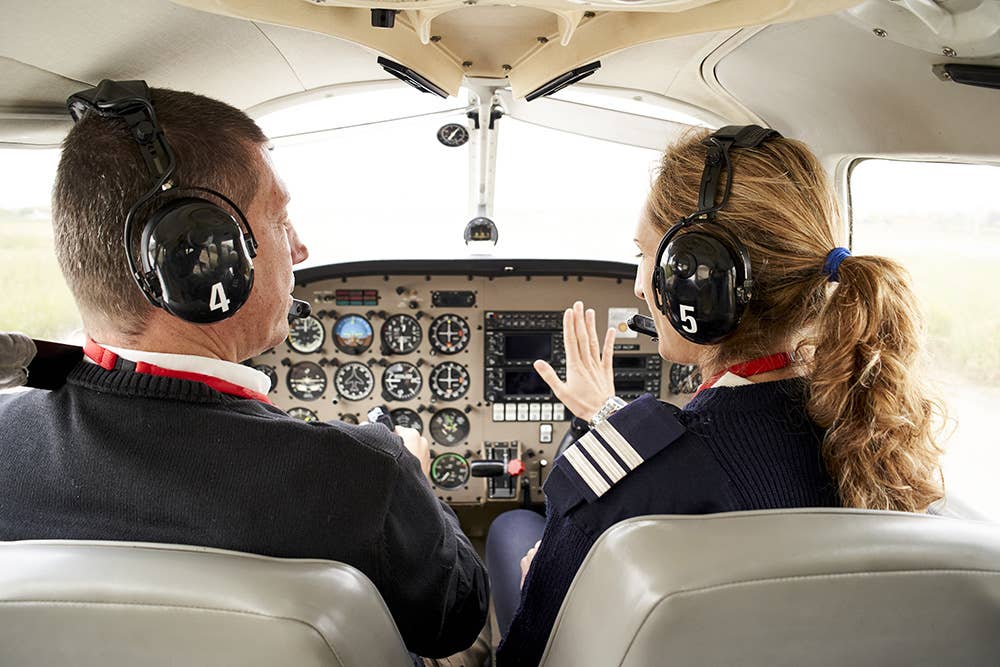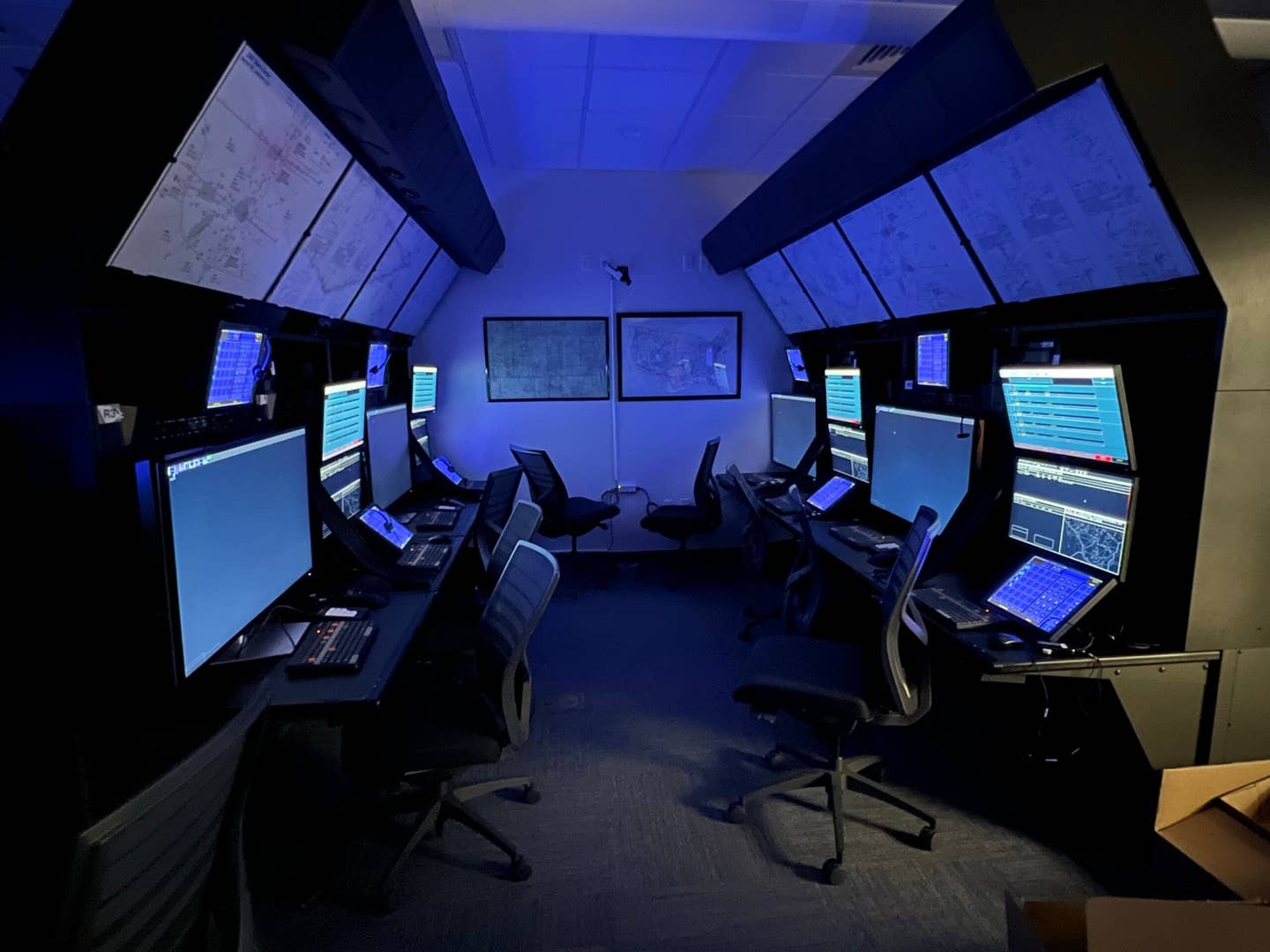Extra Hurdles Test Foreign Student Pilots
The need for new pilots is ramping up globally and many airlines are sending new applicants to U.S. schools for training.

Many airlines send their applicants to U.S. schools for training, up through a commercial certificate, before they return home. [Credit: Adobe Stock]
"We accept the M1 Visa."
"International students welcome."
You see these statements made on brochures and webpages of aviation schools across the country. The training of international students is big business in the U.S. Why? Because aviation in the U.S. is much less expensive than it is in other parts of the world.
According to Boeing, at least 602,000 new pilots are needed in order to maintain commercial aviation fleets globally over the next two decades. The regions with the greatest need for new pilots are North America (128,000 pilots), China (126,000 pilots) and Europe (122,00 pilots).
Many airlines send their applicants to U.S. schools for training, up through a commercial certificate, before they return home to take their place on the right side of the cockpit of an airliner.
Visas and Passport
In order to train in the U.S. the applicants must apply for and receive an M1 Visa. In order to get this, they must be accepted at a school recognized under the Student Exchange Visitor Program, which covers vocational institutions. It is important that the applicant verify that the school they wish to attend is on the list of preferred schools so that they can obtain the M1 visa.
Once the applicant is accepted, the school should register the applicant with the Student and Exchange Visitor Information System (SEVIS) and give the applicant a Form I-20, which is the Certificate of Eligibility for Nonimmigrant Student Status.
The applicants need to hold a valid passport for the duration of their education—that is at least six months to a year. They must also prove strong ties to their home country. This is often established because many of the applicants have jobs at air carriers in their home country waiting for them after they finish training.
They must also be English proficient. Many flight schools offer assistance to the applicants in this area, as they want them to succeed.
It is also imperative that the applicant show proof that they can finance their education and live in the United States for at least one year.
Culture Shock
Culture shock is a possibility anytime someone moves into a new environment, and it is particularly challenging when there is a language barrier. Add to that the challenge of being away from home, perhaps for the first time. Some flight schools address this by having their flight instructors also act as resident advisors for those staying in school-approved housing. The RA's make sure the learners are taking care of domestic issues so that they can focus on flying.
TSA approval
Any person seeking training in the U.S. has to be vetted by the Transportation Security Administration. For U.S. citizens, it is an endorsement that verifies proof of citizenship. A flight instructor must see a valid passport or original birth certificate and photo ID to verify the applicant's citizenship, and then give them an endorsement in their logbook. The CFI must maintain records of this endorsement for at least five years.
It is a little more complicated for foreign nationals, so much so that the Aircraft Owners and Pilots Association has dedicated an information page to the TSA’s Flight Training Security Program (FTSP).
The applicant has to register with the TSA, then apply for training. The TSA must grant a preliminary approval for flight training. The applicant must submit their fingerprints per instructions mailed to him or her, then wait for the TSA to approve them for flight training. On the first day of training a photograph must be taken of the applicant and submitted to the TSA.

Sign-up for newsletters & special offers!
Get the latest FLYING stories & special offers delivered directly to your inbox






